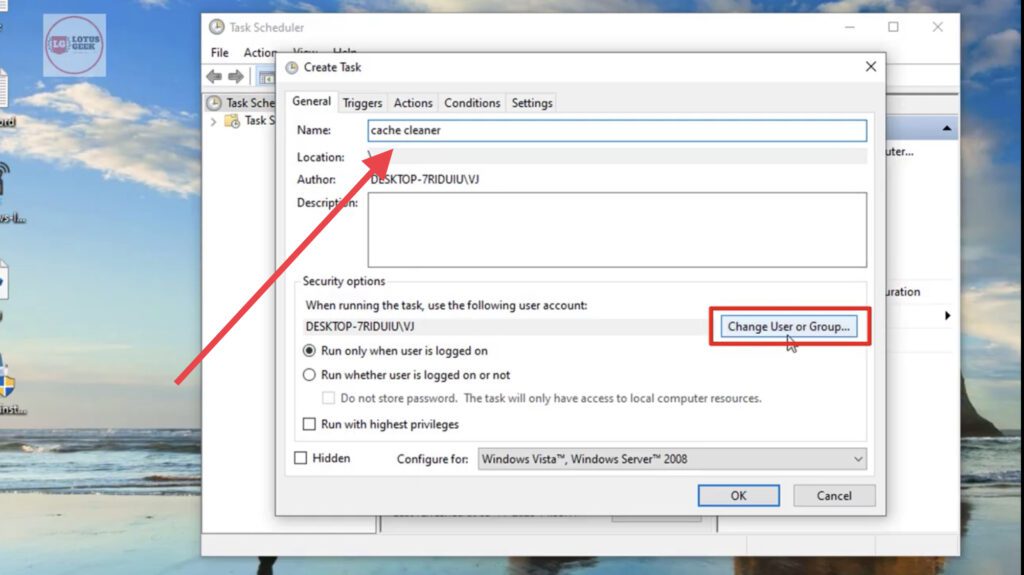

- LARGE AMOUNT OF PRIVATE CACHE HOW TO
- LARGE AMOUNT OF PRIVATE CACHE DRIVER
- LARGE AMOUNT OF PRIVATE CACHE FREE
- LARGE AMOUNT OF PRIVATE CACHE WINDOWS
Now at the bottom of the tool select "Use" for the Filter and "is" select "Mapped File" from the drop down.In this example, next we would click on the Physical Pages tab.

In this snapshot, you can see that about half of the physical RAM being used is by Mapped Files: SQL Server and Oracle support the concept of Large Pages when allocating memory.
LARGE AMOUNT OF PRIVATE CACHE WINDOWS
LARGE AMOUNT OF PRIVATE CACHE DRIVER
Driver Locked: These are pages that have been locked in physical RAM by a driver.AWE: You will typically see this used by SQL or other database applications.Metafile: Metafile is a part of the system cache containing NTFS metadata and used to increase the performance of the file system.This will be higher on RDS Session Host server. Session Private: Memory that is private to a particular logged in session.Nonpaged Pool: Kernel pooled memory that cannot be paged to disk.Paged Pool: Kernel pooled memory that can be paged to disk.Shareable: Pages that have been marked as shared can be used by multiple processes.Mapped file: Mapped “views” of files are when the contents of that file are mapped to virtual addresses in memory.Process Private: Memory allocated for use only by a single process.You can use RAMMap to clear areas of memory negating the need to reboot the machine. If you have a memory leak and get to the point of almost running out of memory, the normal procedure is to reboot the machine in order to clear out the memory. Bad: These are physical pages that have been marked as bad.Īreas of interest would be the following rows to check for high memory consumption to account where the rest of your memory is being used.These are usually pages that have been freed by an existing process.
LARGE AMOUNT OF PRIVATE CACHE FREE
Free: Free pages are free to be used but have some type of “dirty” data in them so they must be zeroed for security reasons before given to a user process.Zeroed: Pages that have been zeroed out and are ready to be used – they can be quickly allocated for new physical memory allocations.Transition: Pages that are in transition between any of the other categories.Modified no write: Similar to modified pages but have been marked not to write out to disk.Modified: Similar to Standby, but these are pages of physical RAM that have been changed and must be flushed to disk before reusing them.These are still left in physical RAM but will be repurposed first by the memory manager (either returned to the active list or zeroed out and reused) if something needs physical ram for active pages. Standby: Pages of physical RAM not actively being used.Active: Pages of physical RAM in active use by the specified category (usually a process working set or the system working set).Glossary and Guide to the column and row headings Stages of memory Launch RAMMap to have it take a snapshot of memory usage.First, when looking in task manager and at the memory usage by processes to view memory usage, ensure you also look in the Memory box on the performance tab – the amount of cached, paged pool, and non-paged pool memory usage.How do we find or account where that mystery memory is being used? RAMMap from Sysinternals is the tool needed for the job. When large amount of RAM is being used by not accounted for in task manager or resource manager. Large chunk of RAM being used but you cannot see where or by what.When you cannot reconcile the amount of RAM being used with task manager, resource monitor, or perfmon collection.If you already determined the process consuming memory, check out my previous blog post: Memory Leaks in a Process
LARGE AMOUNT OF PRIVATE CACHE HOW TO
This blog addresses how to troubleshoot unaccounted memory usage or leak to include identifying and data collection. My name is Jeffrey Worline, and I am a Senior Support Escalation Engineer on the Windows Performance Team at Microsoft.


 0 kommentar(er)
0 kommentar(er)
